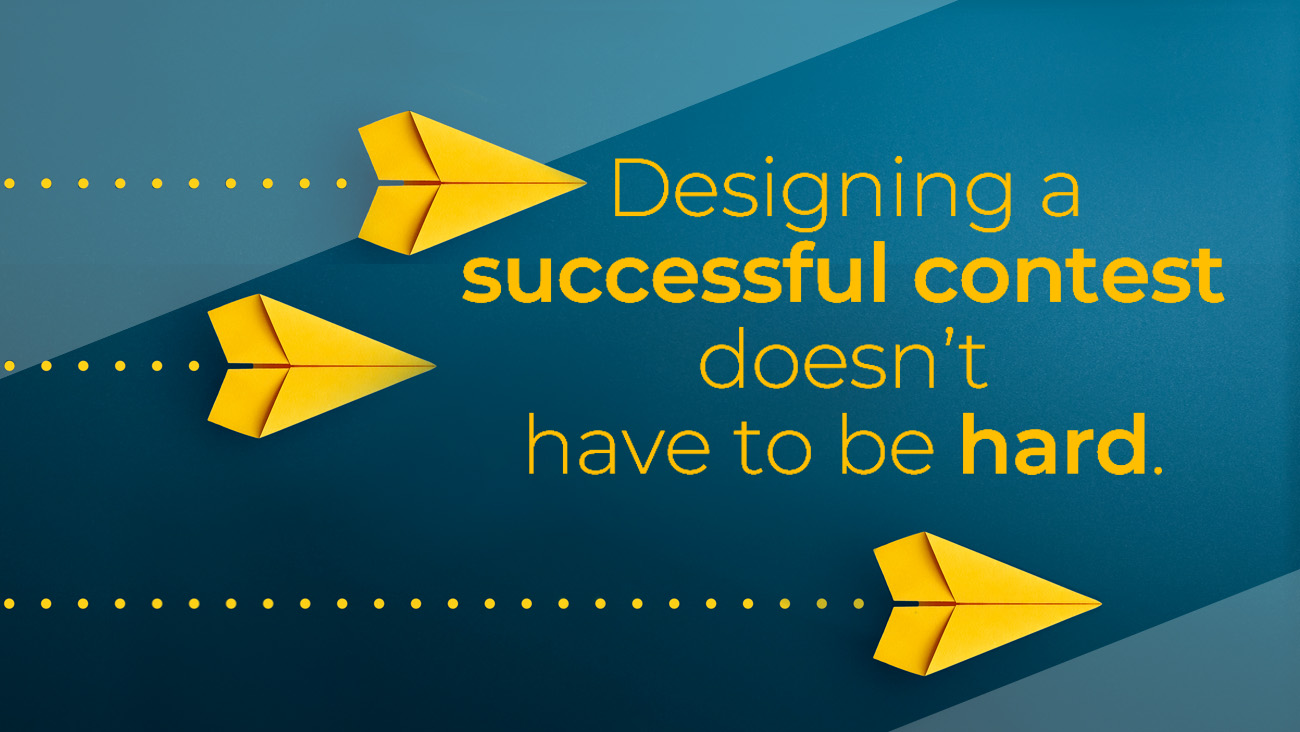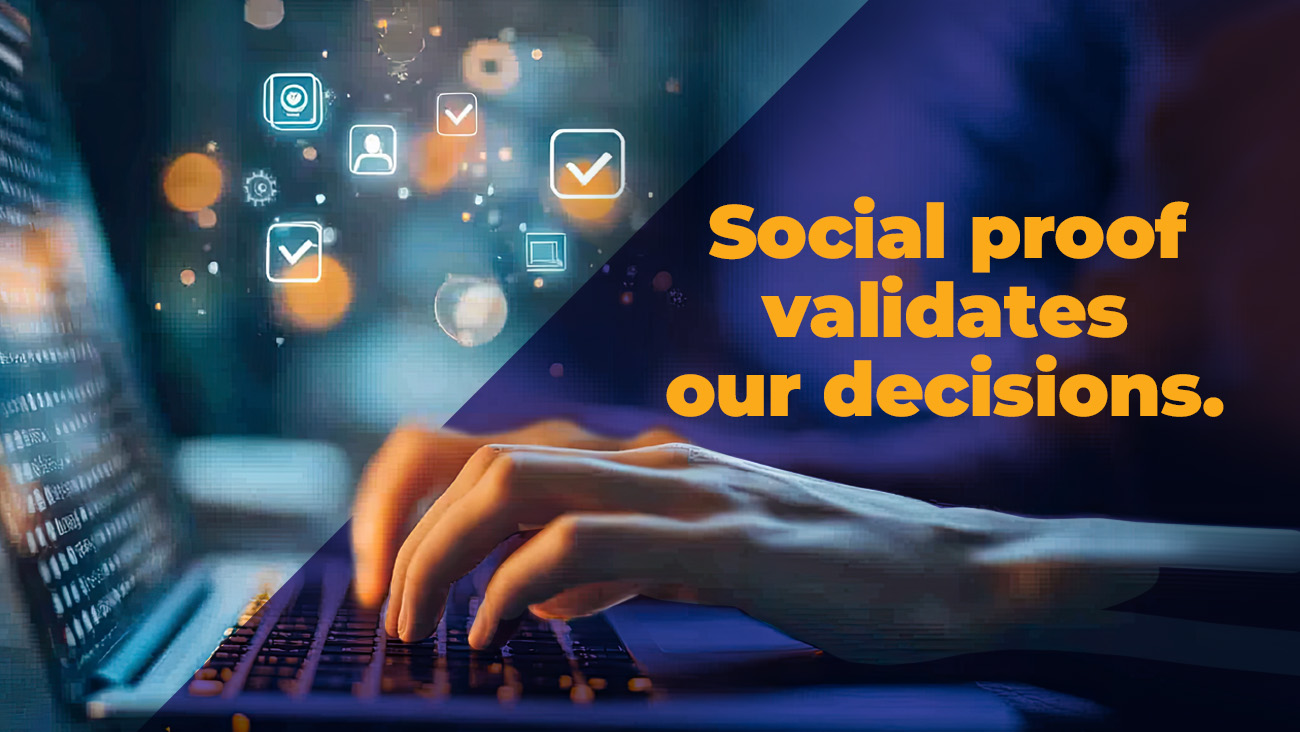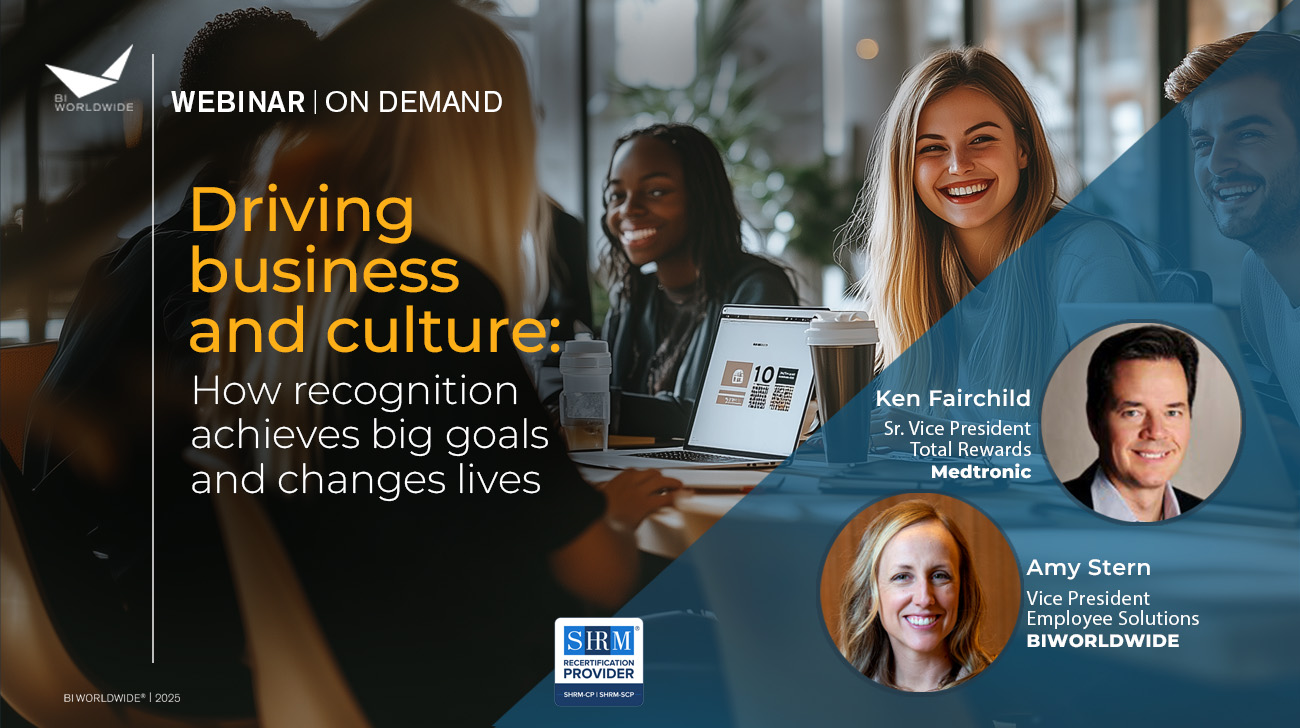Article
The secret weapon for B2B marketing success
When companies nurture their repeat customers, they generally enjoy more predictability in their sales and get a better return on their marketing efforts rather than churning through millions of prospects. This is where a thoughtfully designed, custom-made loyalty program can make a difference.












